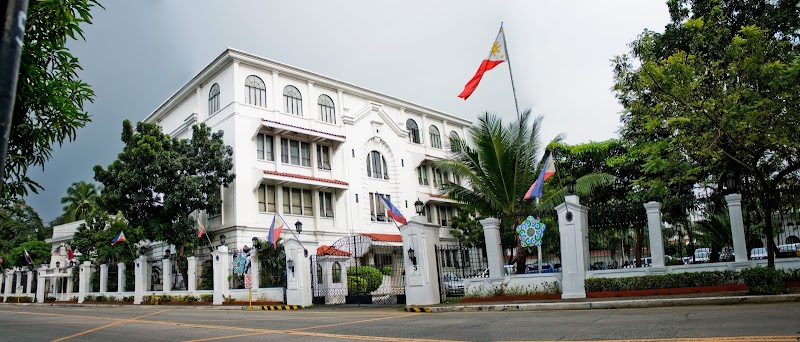Emilio Aguinaldo Famy was the first President of the Philippines, serving from 1899 to 1901 during the short-lived First Philippine Republic. As a revolutionary leader during the Philippine-American War, Aguinaldo led the struggle for independence against the United States.
Born on March 22, 1869, in Kawit, Cavite, Aguinaldo was the son of Carlos Aguinaldo y Baltazar and Trinidad Famy y Valmonte. His family was part of the wealthy class in Kawit, and Aguinaldo received education in both public and private schools.
Aguinaldo’s ethnicity was Filipino, and he was a descendant of Tagalog people, the dominant ethnic group in the Philippines. He spoke Tagalog, Spanish, and English.
Aguinaldo’s achievements and legacy include:
- Leading the Philippine Revolution against Spanish colonial rule and declaring the independence of the Philippines on June 12, 1898.
- Serving as the first President of the First Philippine Republic.
- Fighting against the United States during the Philippine-American War.
- Surrendering to the United States in 1901, marking the end of the First Philippine Republic.
- Retiring from politics and living in Kawit until his death in 1964.
Aguinaldo is remembered as a national hero in the Philippines and is credited with leading the fight for independence against both Spain and the United States.
Emblem of Philippines
To enrich your insights into presidential figures worldwide, also explore some prominent first presidents from other countries, such as Peru, Paraguay and Papua New Guinea. Delving into the leadership journeys of these figures can offer valuable perspectives on their historical significance and pivotal roles in shaping global politics.
The official residence and symbol of the Philippines President
10 Iconic Presidents Who Shaped Philippines’s History

Here are 10 of the most popular Presidents in the history of the Philippines:
- Manuel L. Quezon: Served as the President of the Commonwealth of the Philippines from 1935 to 1944. He is considered one of the most beloved Presidents for his efforts in promoting Filipino nationalism and establishing institutions that still benefit the country today.
- Sergio Osmena: Succeeded Quezon as the second President of the Commonwealth of the Philippines. He led the country during World War II and is known for his strong leadership and dedication to the Philippines’ independence.
- Ferdinand Marcos: Held the presidency for 20 years, from 1965 to 1986. Although controversial, Marcos is remembered for his accomplishments in infrastructure development, promoting education, and modernizing the military.
- Corazon Aquino: The first female President of the Philippines, serving from 1986 to 1992. She played a crucial role in restoring democracy during the People Power Revolution and is seen as an icon of democracy and women’s rights.
- Fidel V. Ramos: Served as the 12th President of the Philippines from 1992 to 1998. Known for his economic reforms and successful peace negotiations, Ramos is credited for stabilizing the country’s economy and ending long-standing conflicts.
- Joseph Estrada: Elected as the 13th President of the Philippines, serving from 1998 to 2001. He focused on poverty alleviation programs and improving social services, but his presidency was cut short due to allegations of corruption, leading to his impeachment.
- Gloria Macapagal-Arroyo: Became the 14th President of the Philippines, serving from 2001 to 2010. Despite facing numerous controversies, Arroyo is known for her economic reforms and infrastructure development, earning her popularity among business sectors.
- Benigno Aquino III: Son of Corazon Aquino and the country’s 15th President, serving from 2010 to 2016. Known as “Noynoy,” he focused on fighting corruption, promoting good governance, and accelerating economic growth.
- Rodrigo Duterte: The current President of the Philippines, serving since 2016. Duterte’s presidency is marked by his strong anti-drug campaign, controversial policies, and his efforts to implement federalism in the country.
- Manuel Roxas: Served as the fifth President of the Philippines, from 1946 until his untimely death in 1948. Roxas is considered a hero for his contributions to the Philippines’ independence and his efforts in rebuilding the nation after World War II.

